You are currently viewing SemiWiki as a guest which gives you limited access to the site. To view blog comments and experience other SemiWiki features you must be a registered member. Registration is fast, simple, and absolutely free so please,
join our community today!
There are two primary microprocessor companies in the world these days: Intel and ARM. Of course there are many others but Intel is dominant on the PC desktop (including Macs) and ARM is dominant in mobile (including tablets).
One of the keynotes at last month’s Jasper User Group (JUG, not the greatest of acronyms) was by Bob… Read More
Double patterning at 20nm is one of those big unavoidable changes that it is almost impossible to know too much about. Mentor’s David Abercrombie, DFM Program Manager for Calibre, has written a series of articles detailing the multifaceted impacts of double patterning on advanced node design and verification. There is… Read More
Late in January it is DesignCon at the Santa Clara convention center from January 28th-31st. Details are here.
On Tuesday from 11.05 to 11.45 Apache and Ansys will be presenting on Thermal Co-analysis of 3D IC/packages/system. This is being presented by a whole team of people: Stephen Pan, senior product specialist at ANSYS; Norman… Read More
The 26th Conference on VLSI Design will be in Pune, India from January 5th to 10th at the Hyatt Regency. Details on the conference here. Registration here. I happened to be involved in the first of these conferences, which was held in Edinburgh where I was wrapping up my PhD. It was in the considerably less palatial surroundings of … Read More
Happy Holidaysby Paul McLellan on 12-10-2012 at 3:00 pmCategories: EDA
At times of this year, companies usually get their salespeople to submit the names and addresses of all their customers. They then get an expensive card printed and mail it out. What the recipient does is anyone’s guess, from throwing it straight in the bin to using it to decorate the office.
Atrenta decided to do something … Read More
There is obviously a lot going on in 3D IC these days. And I don’t mean at the micro level of FinFETs which is also a way of going vertical. I mean through-silicon-via (TSV) based approaches for either stacking die or putting them on an interposer. Increasingly the question is no longer if this technology will be viable (there… Read More
You can’t have failed to notice that 20nm is coming. There are a huge number of things that are different about 20nm from 28nm, but far and away the biggest is the need for double patterning. You probably know what this is by now, but just in case, here is a quick summary.
Lithography is done using 193nm light. Today we use immersion… Read More
This is the second part of my discussion with Paul Traynar, Apache’s PowerArtist guru. The first part discussed sequential reduction capabilities. Part I was here.
There are two big challenges with doing power analysis at the RTL level. Firstly, how do you get an accurate enough model of what the design will dissipate given… Read More
I sat down last week with Paul Traynar who was over from UK. He is Apache’s PowerArtist guru. The first thing we talked about was PowerArtist’s sequential power reduction capabilities.
Forward propagation of enables means that when a register is clock gated and feeds a downstream register then that register can be… Read More
Next week December 10-12th is the Microprocessor Test and Verification (MTV 2012) which is in Austin Texas (as DAC will be next year, of course). After lunch on Monday there is a panel session on the effectiveness of virtual prototyping entitled When simulation suffices, who needs FPGA or emulation? Bill Neifert, the CTO of Carbon… Read More


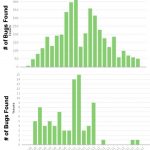

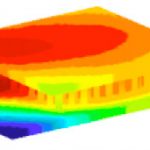
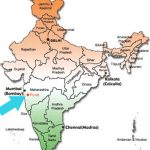

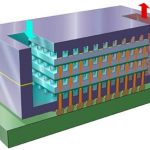
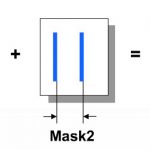

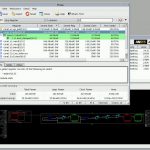








PDF Solutions Charts a Course for the Future at Its User Conference and Analyst Day